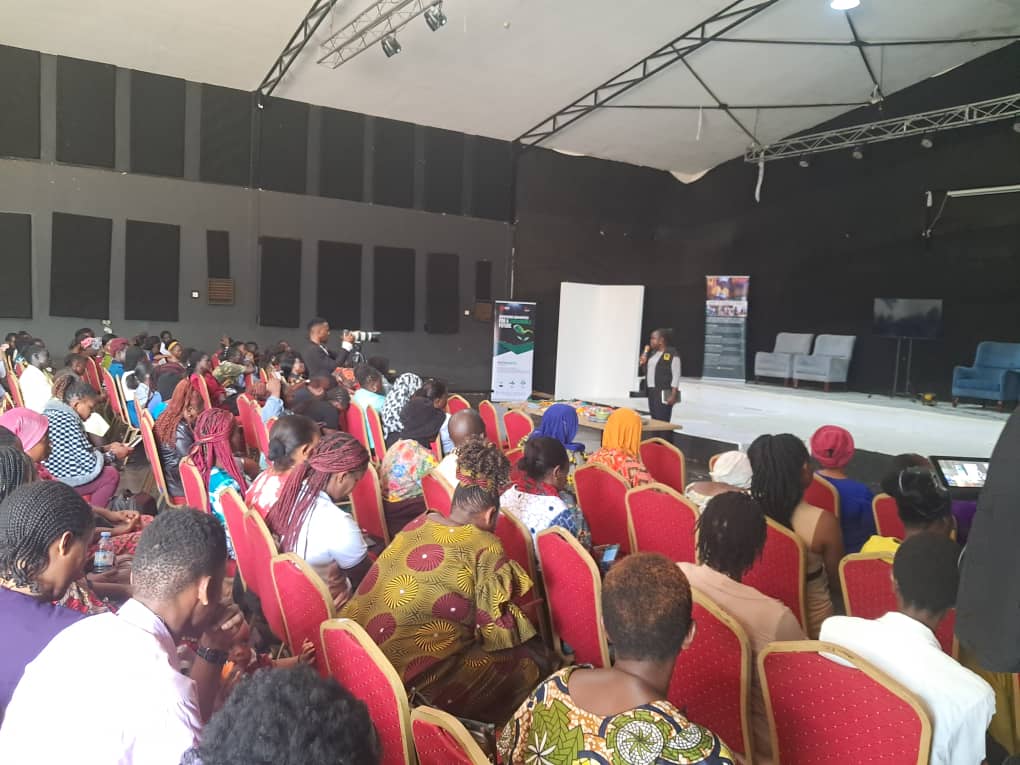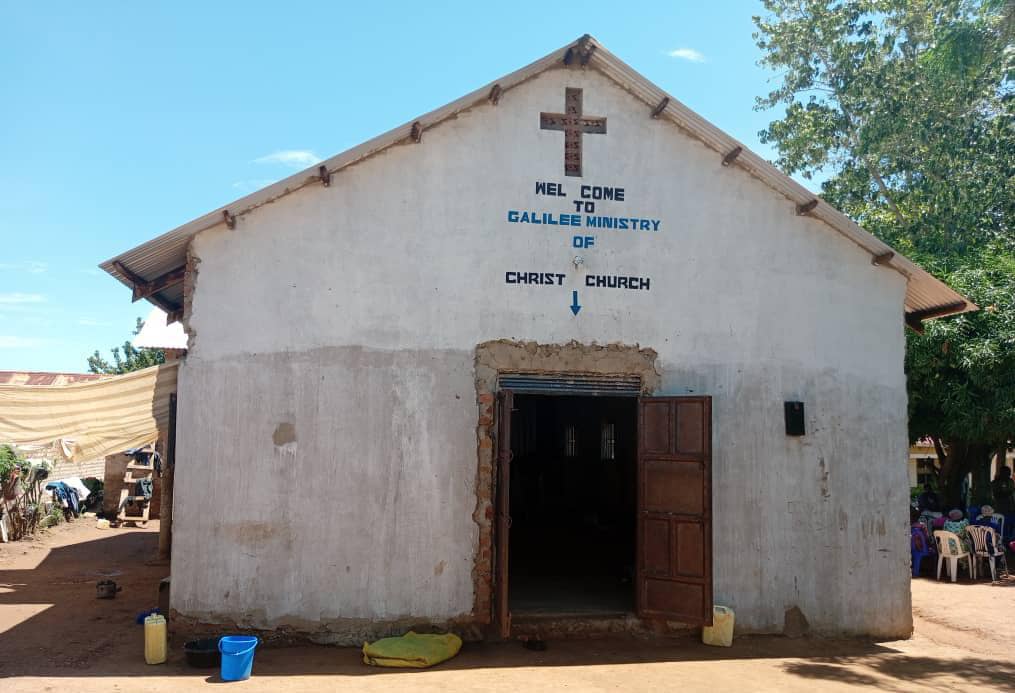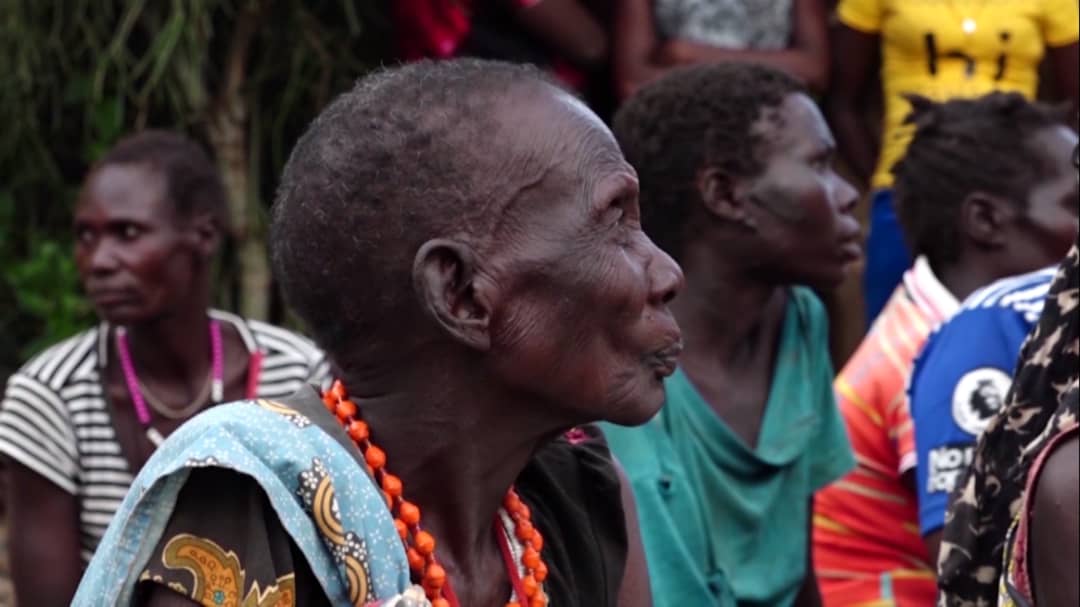Understanding the Decline in Fertility Rates Among Women in Uganda: Exploring Solutions
According to the recently released Uganda’s Demographic and Health Survey Report 2022, fertility in women has drastically fallen from 6.7 children in 2006 to 5.2 children in 2022. The same research revealed that women in refugee camps are the only ones with still a high fertility rate of 6.2 children.
Uganda, like many other countries, is experiencing a decline in fertility rates among women. This trend, while reflective of broader demographic shifts, raises concerns about its implications for population growth and socio-economic development. Understanding the factors contributing to this decline and exploring potential solutions is crucial for addressing this issue.
Keep Reading
Factors Contributing to Declining Fertility Rates:
Changing Socio-Economic Dynamics: As Uganda undergoes economic development and urbanization, traditional family structures and norms are evolving. Women are increasingly prioritizing education, career advancement, and financial stability, leading to delayed marriage and childbearing.
Access to Education and Healthcare: Improved access to education and healthcare services, particularly in urban areas, has empowered women to make informed choices about family planning and reproductive health. Increased awareness and availability of contraceptives have contributed to lower fertility rates.
Shifts in Cultural and Social Norms: Urbanization and exposure to global media have influenced attitudes towards family size and fertility. Smaller families are increasingly perceived as more desirable, reflecting changing societal values and aspirations.
Addressing Declining Fertility Rates:
Comprehensive Family Planning Programs: Strengthening family planning services and increasing access to a range of contraceptive methods is essential. This includes providing education and counselling on family planning options, as well as ensuring the availability of contraceptives in both urban and rural areas.
Investment in Women's Health and Empowerment: Prioritizing women's health and empowerment through education, economic opportunities, and access to healthcare services can positively impact fertility rates. Empowering women to make autonomous decisions about their reproductive health and family planning can lead to healthier outcomes for both women and children.
Promotion of Reproductive Health Education: Implementing comprehensive reproductive health education programs in schools and communities can raise awareness about family planning, contraception, and reproductive rights. Providing accurate information and dispelling myths and misconceptions surrounding contraception can empower individuals to make informed choices about their reproductive health.
Addressing Barriers to Access: Identifying and addressing barriers to accessing family planning services, such as cost, distance, and cultural stigma, is essential. This may involve subsidizing contraceptive services, expanding outreach programs, and engaging community leaders to promote acceptance and support for family planning initiatives.
Community Engagement and Advocacy: Engaging communities through grassroots initiatives and advocacy campaigns can help change attitudes and norms surrounding fertility and family planning. Leveraging the influence of community leaders, religious institutions, and civil society organizations can facilitate dialogue and promote acceptance of family planning practices.
In conclusion, addressing the decline in fertility rates among women in Uganda requires a multifaceted approach that addresses socio-economic, cultural, and healthcare-related factors. By investing in comprehensive family planning programs, promoting women's health and empowerment, and fostering community engagement and advocacy, Uganda can navigate this demographic transition effectively while promoting the well-being of its population.



















